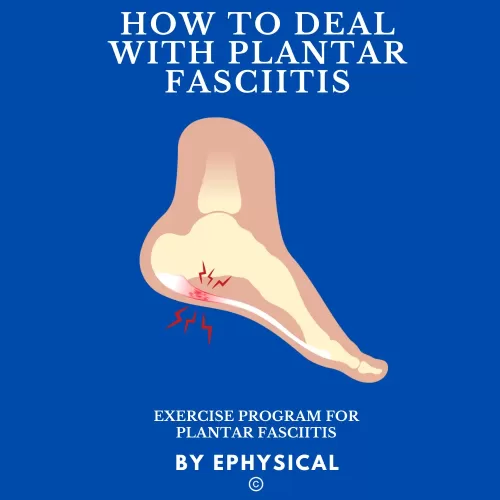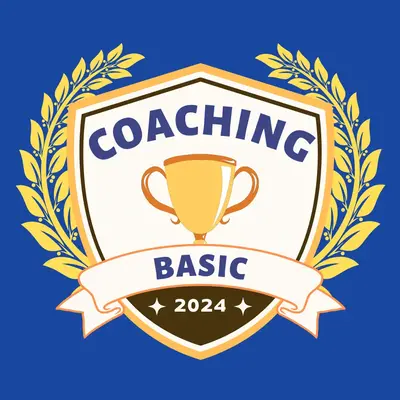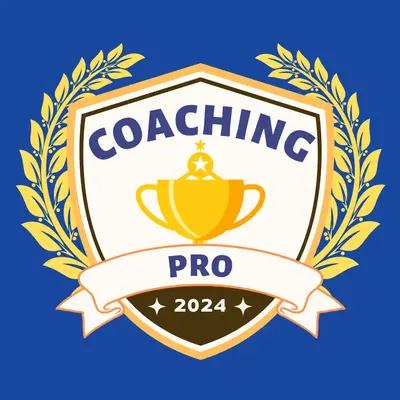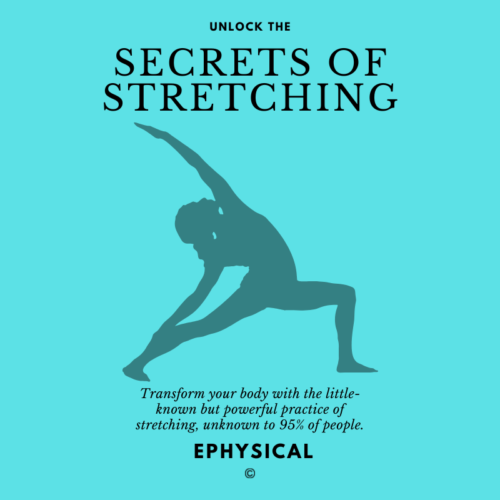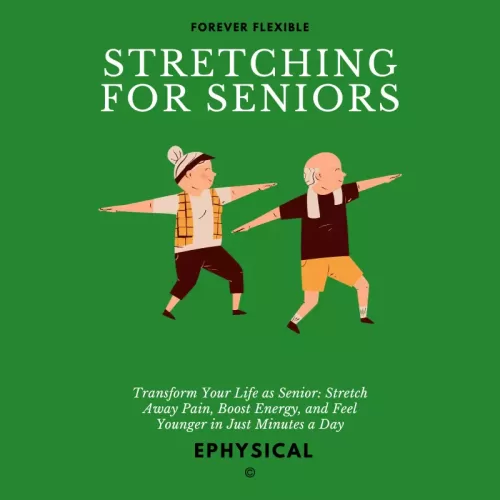Should I Be Able To Touch My Toes? Pros and Cons
I have often wondered if there is a list of stretching exercises I should be capable of performing to maintain my physical fitness. One example is touching your toes from standing. Most people I know can’t their toes from standing, and I wonder if their bodies are suffering some negative consequences.
Should I be able to touch my toes from standing to improve my physical fitness and avoid injuries, or is it a myth?
There are pros and cons to doing toe touch exercises. Being able to touch your toes from standing is a great way to show or practice hamstring and low back flexibility. You should be able to touch your toes from standing if you train in sports like gymnastics, martial arts or parkour. On the other hand, exercising toe touches is often seen as a bad move because of excessive back rounding and pressure on your back. I will explain both pros and cons in more detail now.
Why You Should Be Able To Touch Your Toes From Standing
Here are some arguments in favor of toe touch exercises.
- Better mobility in the lower spine and lower extremities
- Tolerance for forward bending of the spine
- Preparation for compression exercises (handstand)
Good Flexibility in Lower Back and Lower Extremities
If you can touch your toes from standing, you have good mobility in the lower back, hip, knee and ankle joint.
Here is my guide on how to touch your toes in 7 days with most effective stretching exercises.
Depending on your body position when performing toe touches, you can emphasize the stretch in the lower back or hamstrings.
To highlight the stretching of the hamstrings, you must keep your back straight and avoid rounding in the lumbar spine. That way you reduce the stretch in the lower back while increasing the stretching of your hamstrings.
Slightly bending your knees will emphasize hamstrings stretching while reducing the stretching of the popliteus muscles (muscle on the back of the knee).
When you want to emphasize the stretching of the lower back during standing toe touches, you should do the following:
- You rotate the pelvis backward (posterior pelvic tilt)
- Forward bend your spine
- Round your lumbar spine
Here you can read an detailed article explaining what does touching your toes stretch.
Spine Flexion Tolerance
Exercising to touch your toes is a great way to get your spine used to bend forward (flexion). When this movement is performed without weight, the pressure on the ligaments and vertebrae is light and tolerable.
It happens often that you have to pick something up from the floor. Imagine you standing in your kitchen and a cloth has fallen on the floor.
Intuitively, you bend your spine and pick up the cloth from the floor. Unfortunately, you may sometimes experience pain in your lower back when doing so.
That is because muscles and ligaments in your lower back are not prepared enough for fast forward bending of your spine.
By constantly practicing toe touches, you prepare your spine for such daily activities and build up spine flexion tolerance, which reduces the chance of injuring your spine.
Preparation For Compression Exercises
With compression exercises, I refer to exercises where you support your body with your hands. The most basic example is the handstand, but you can practice many other similar exercises.
Being able to touch your toes is a pre-exercise for some handstand exercises.
From a standing position, lower your hands to the floor while your legs are straight or slightly bent. Then you lean on your hands and lift your legs. This exercise is very popular with gymnasts or divers.
In parkour, there are also many compressive exercises and passing the legs over the wall, which is a simulation of standing toe touch.
So, being able to touch your toes is recommended if you want to top perform these exercises.
Why You Don’t Have To Be Able To Touch Your Toes From Standing
Here are some arguments against practicing toe touch exercises.
- Rounding of your back is dangerous for lumbar spine
- Lack of evidence
Rounding of your lower back when lifting is something that puts a lot of pressure on your ligaments, discs and muscles in your lower back.
Even though you perform standing toe touches without weight, you can feel uncomfortable performing this move.
Your lower back might not be a fan of this move and that’s totally ok. We are all different. You should adjust your training according to your body. I wouldn’t recommend you perform excessive spine flexion if you have a disc herniation.
But, I’ll recommend you consult your doctor always when you experience pain during/after your training.
Also, I haven’t found any studies referring that everyone should be able to touch their toes. It seems to me that society is promoting this movement drastically more than the health industry.
Conclusion
Wondering should I be able to touch my toes is something many people do. If you perform toe touches with good technique and don’t have any underlying issue in your lower back, like disc herniation, then you don’t have to worry about damaging your spine. You can enjoy your training.
Toe touches are especially significant for those who practice gymnastics, martial art, parkour or swim diving. One last thing worth mentioning is that there is no research claiming being able to touch your toes is a must-have for everyone.
Now you have seen both pros and cons for standing toe touching. I truly hope you have a clearer picture of how this exercise affects your body. This article will provide you with stretches to touch your toes easily after only one week.
Bonus: Check out these stretching books and take a look at home stretching equipment before starting with your stretching routine. Train smart and safe.

